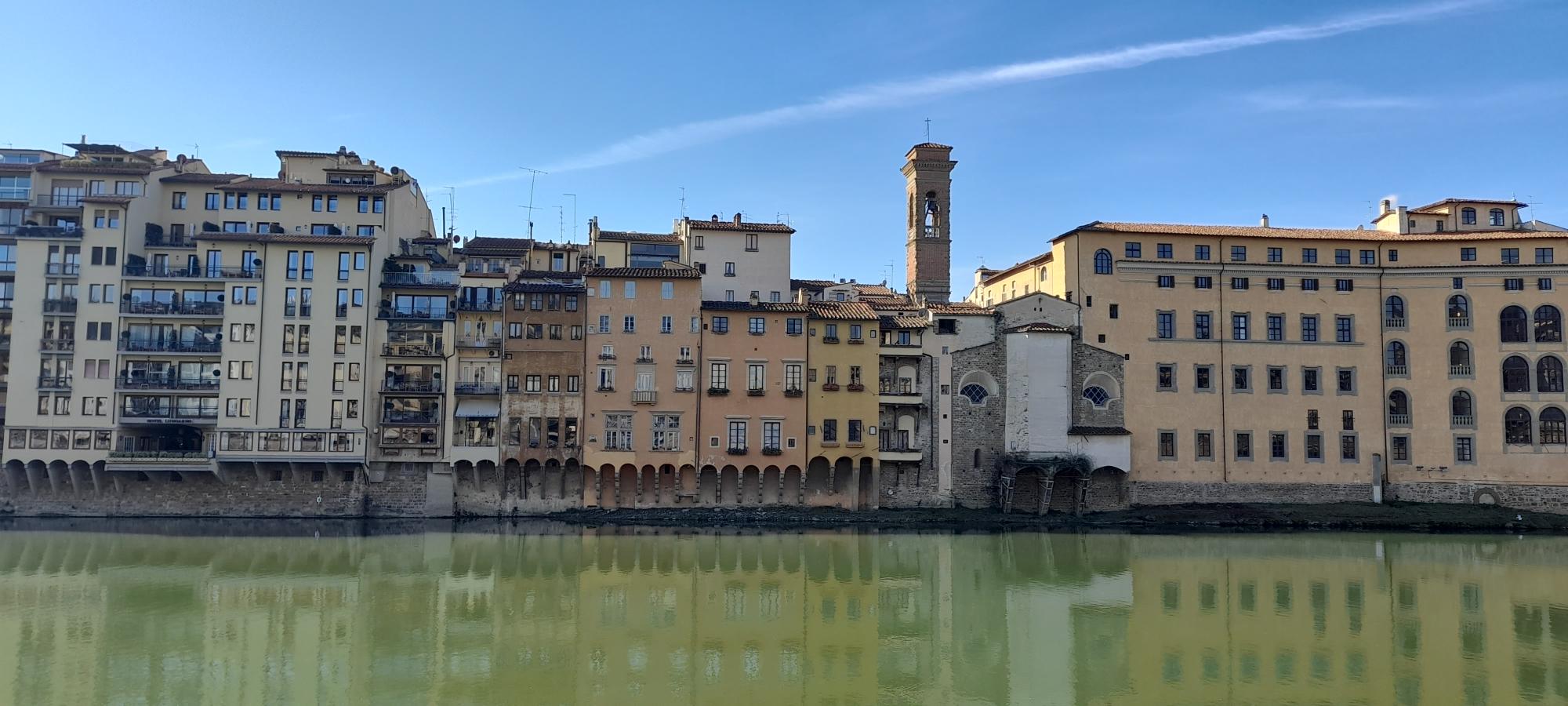

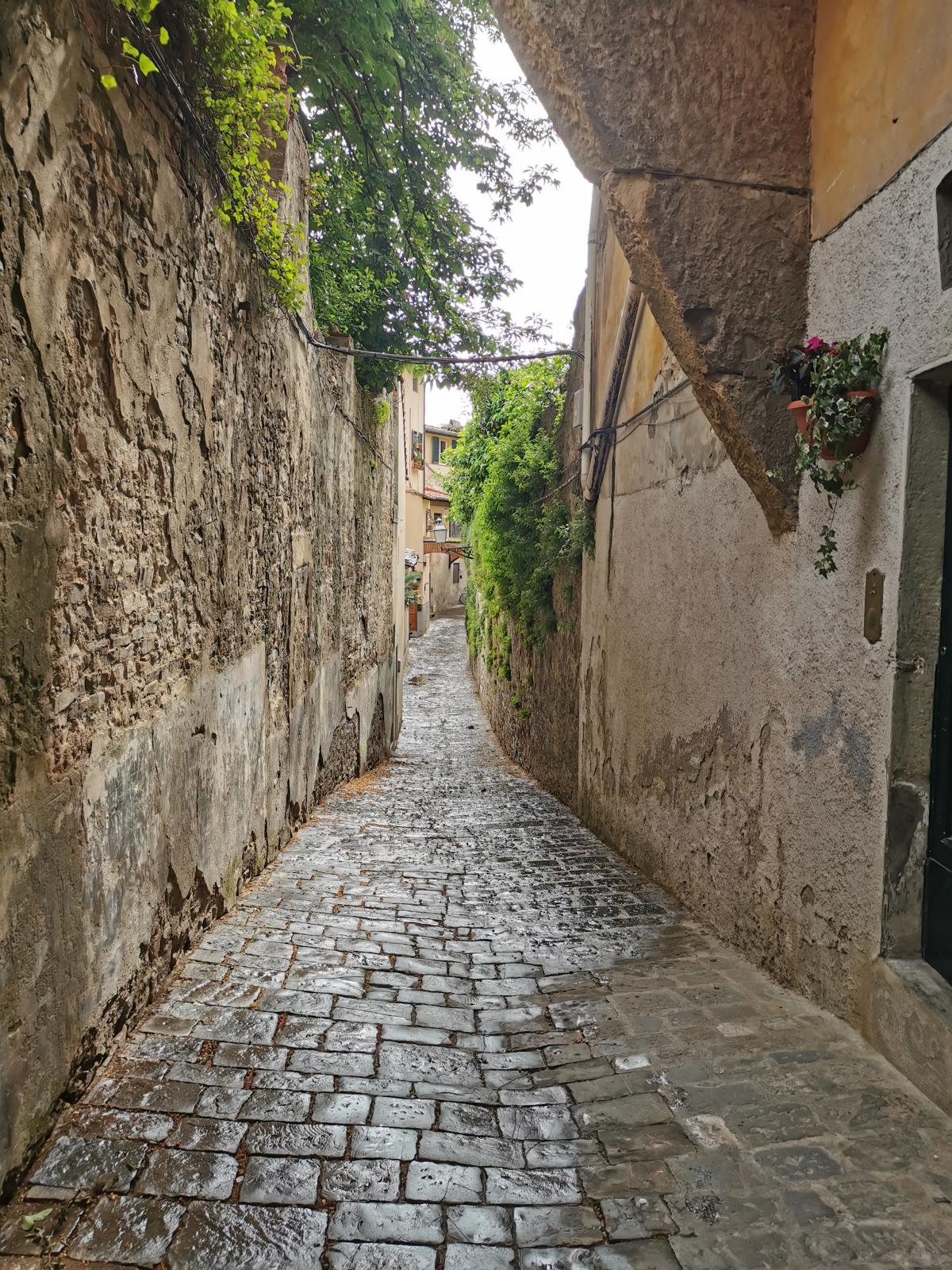


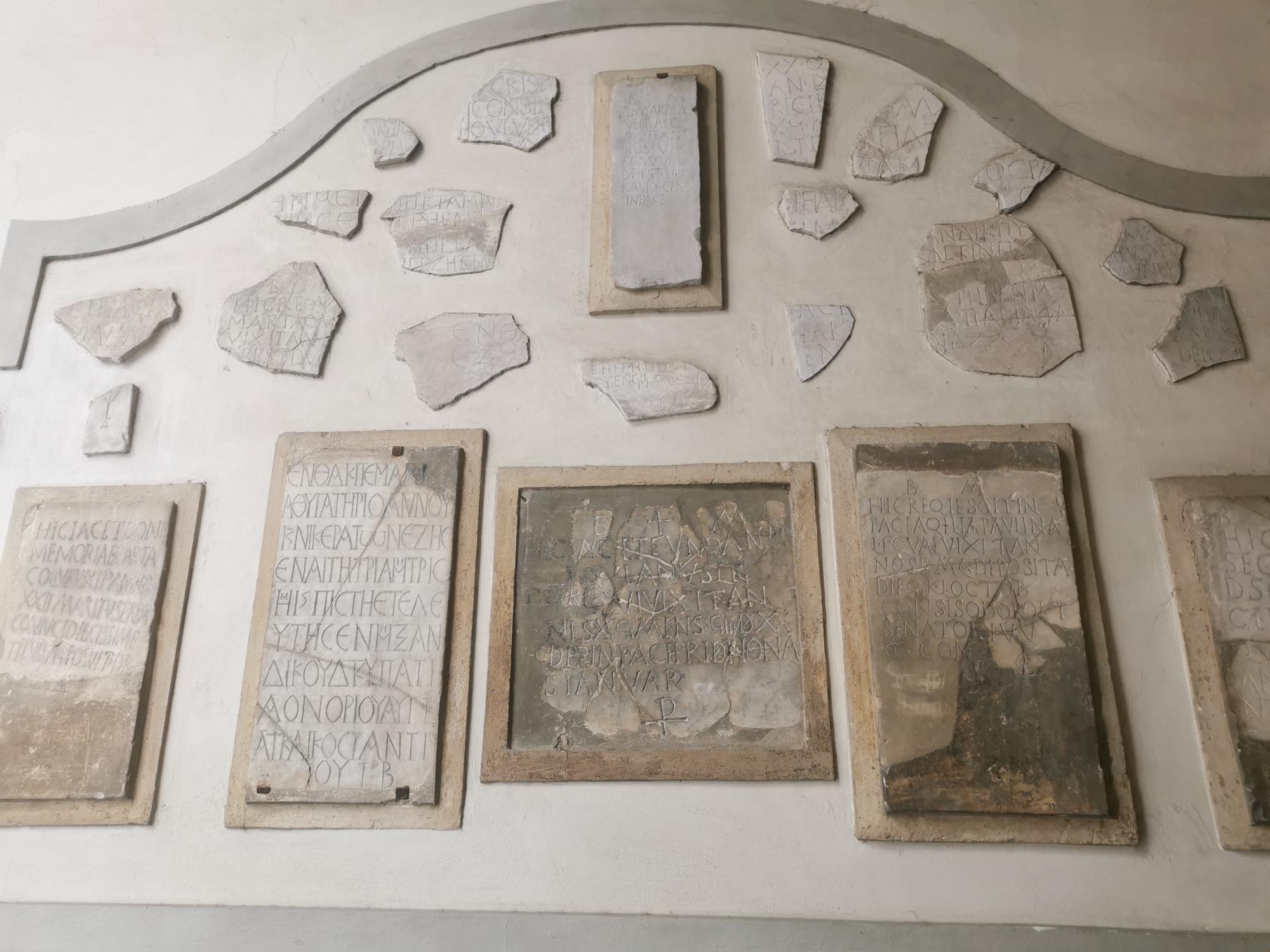


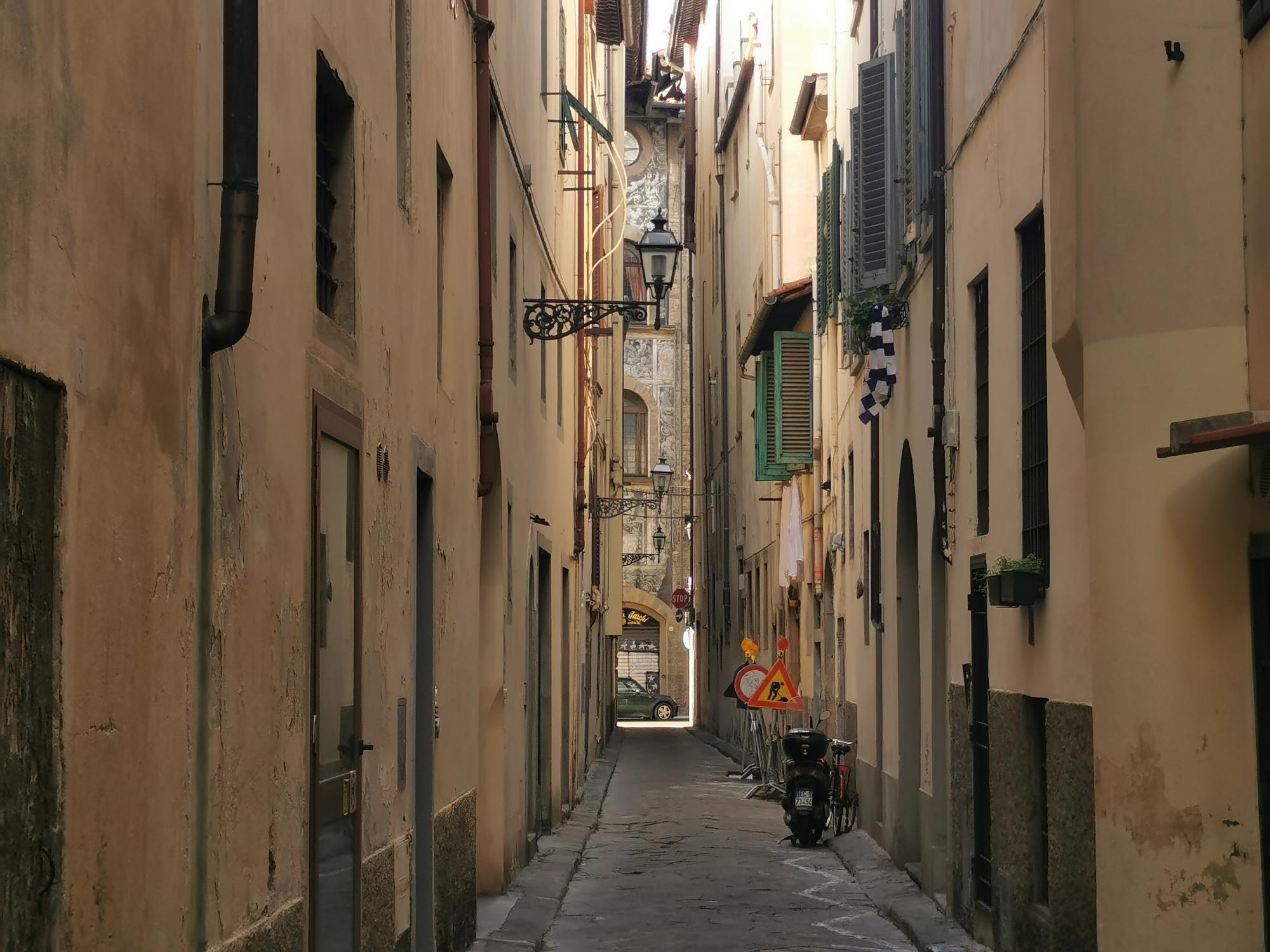
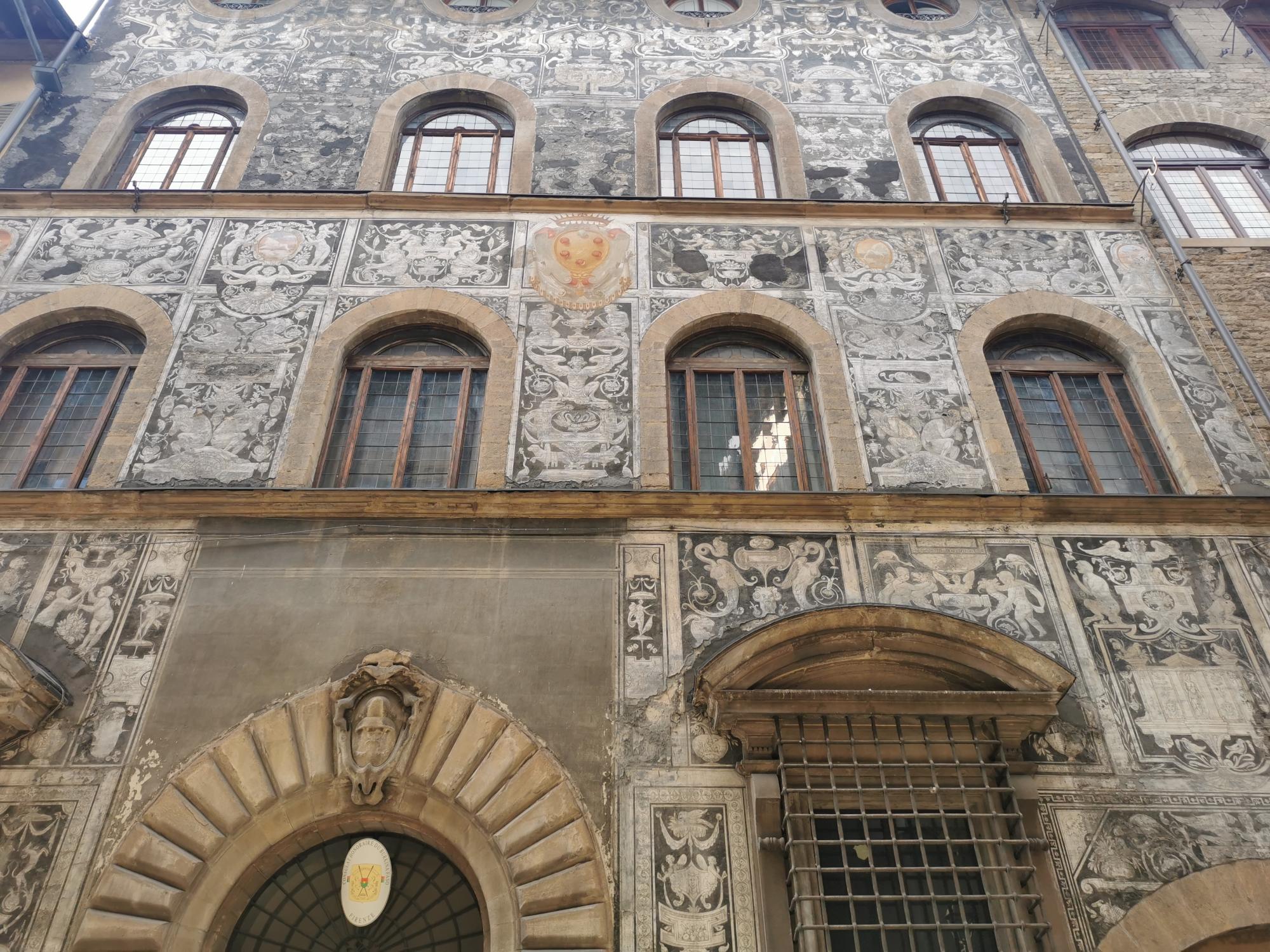

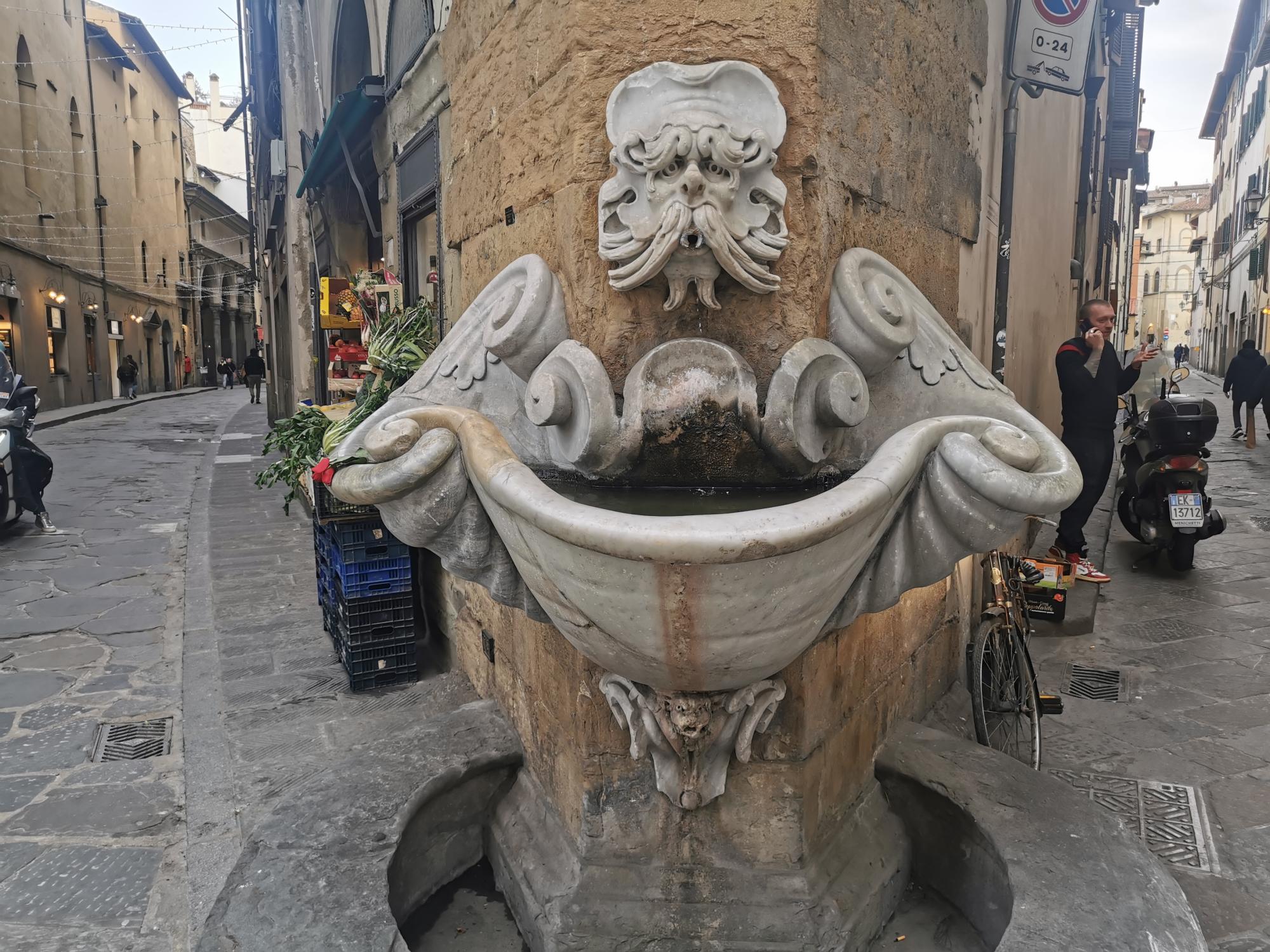
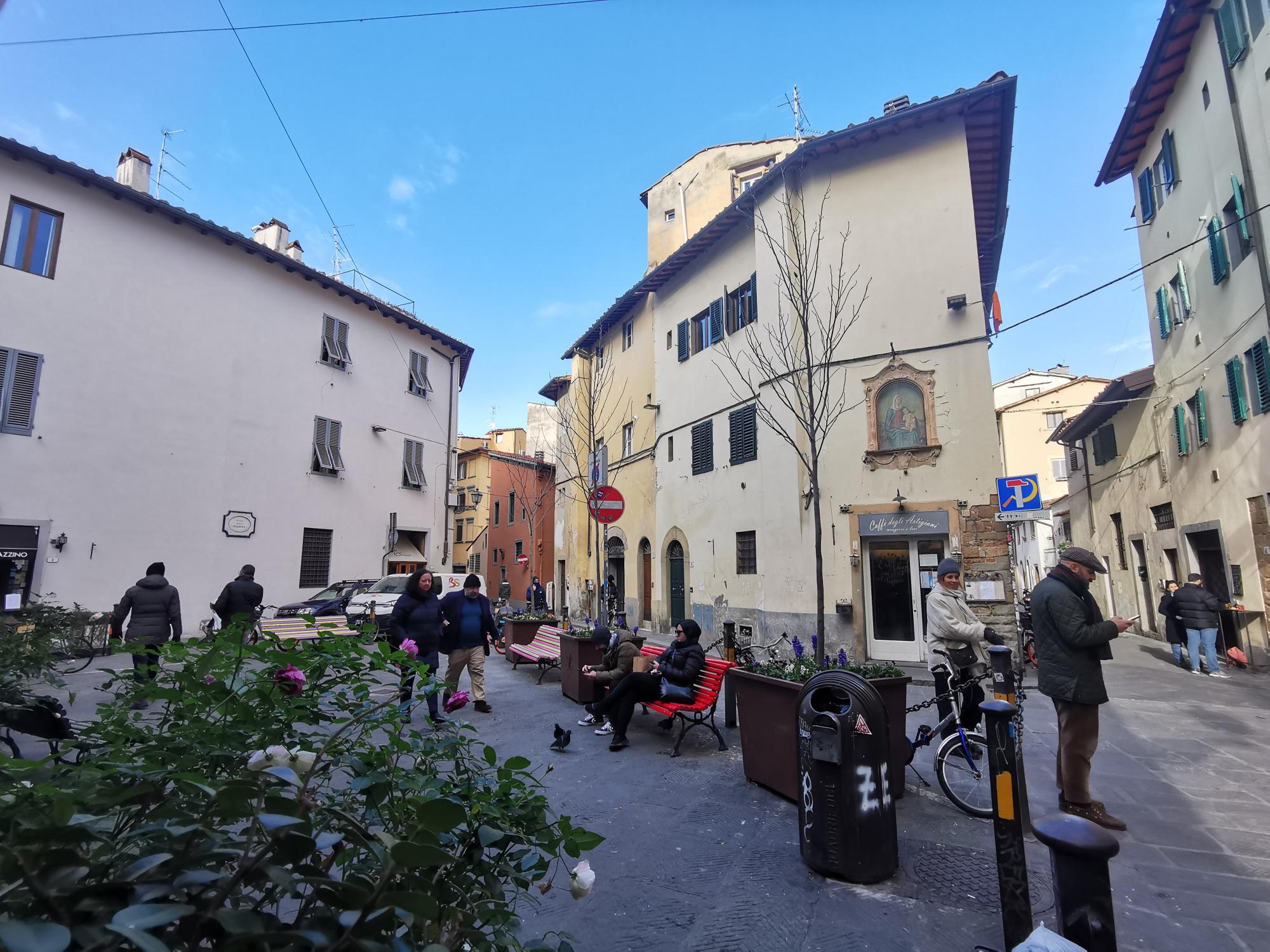

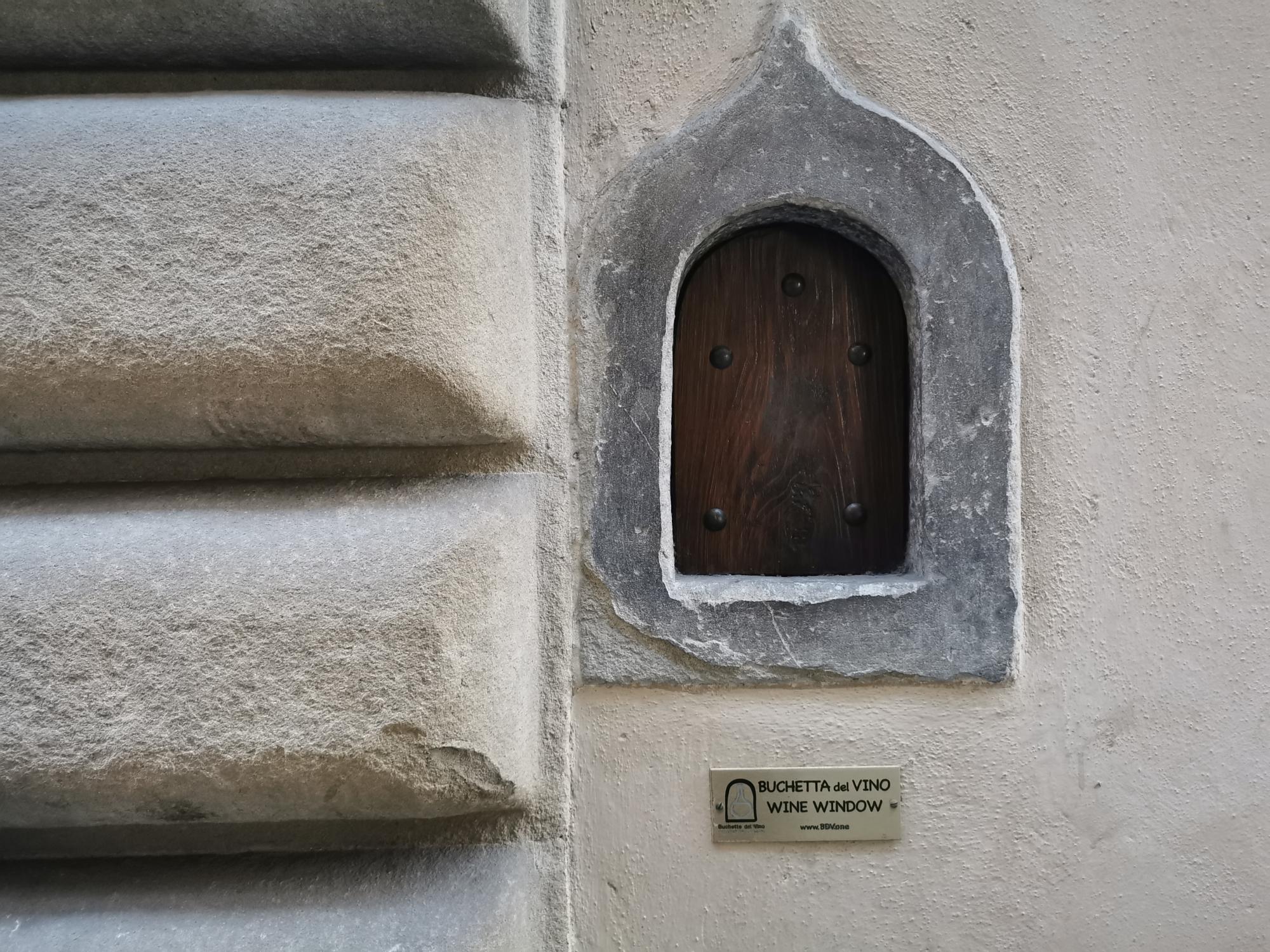
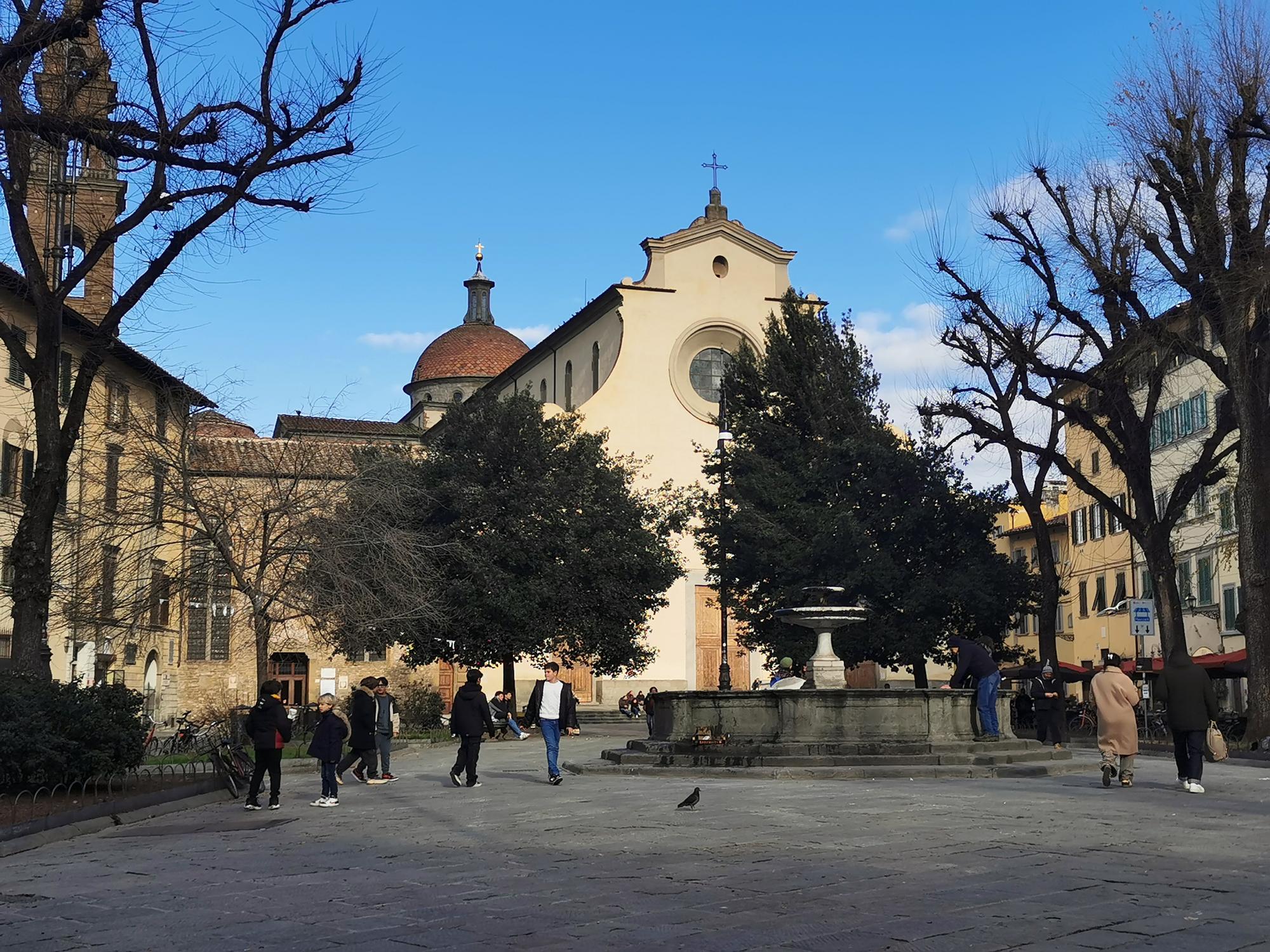

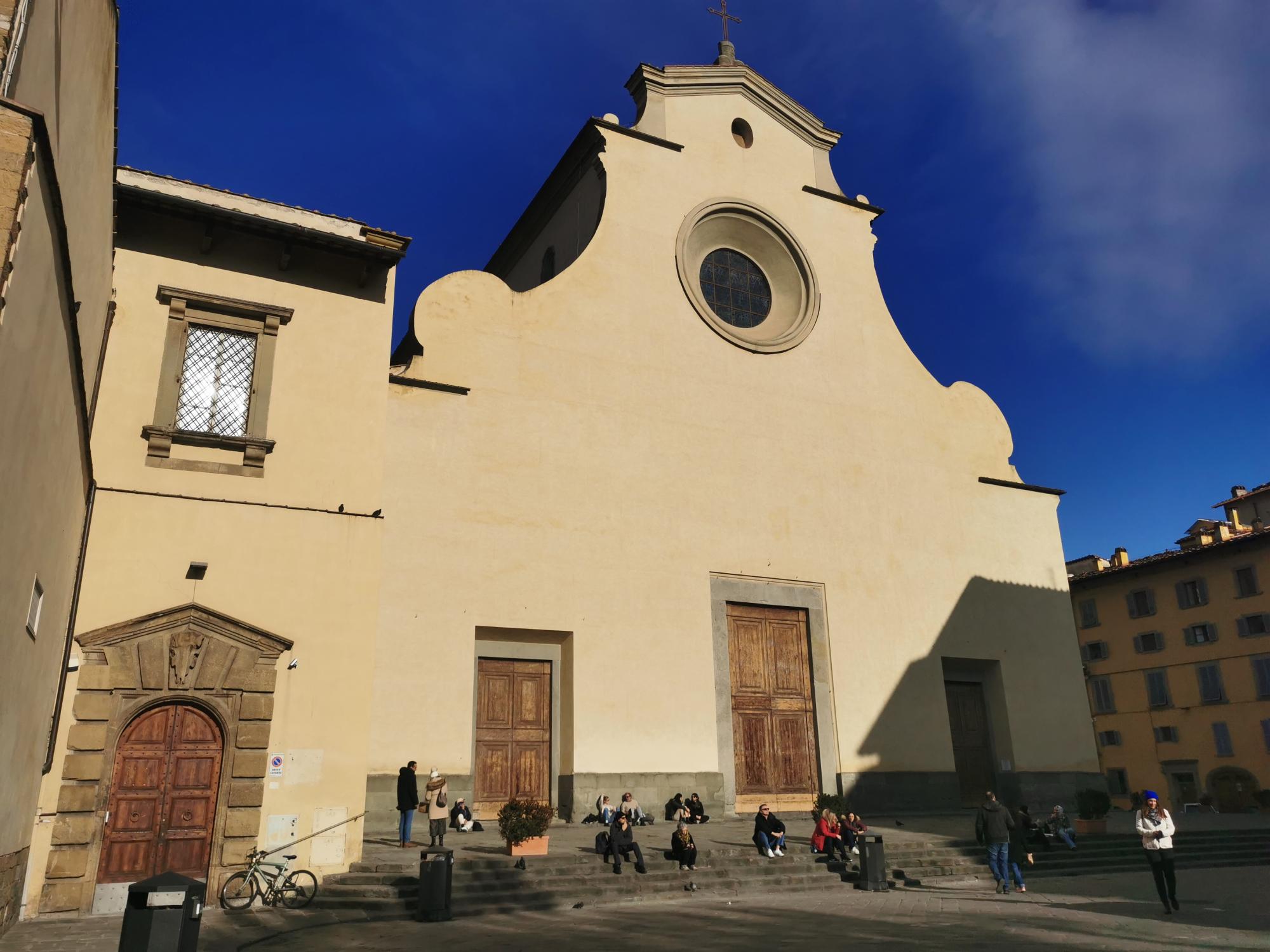
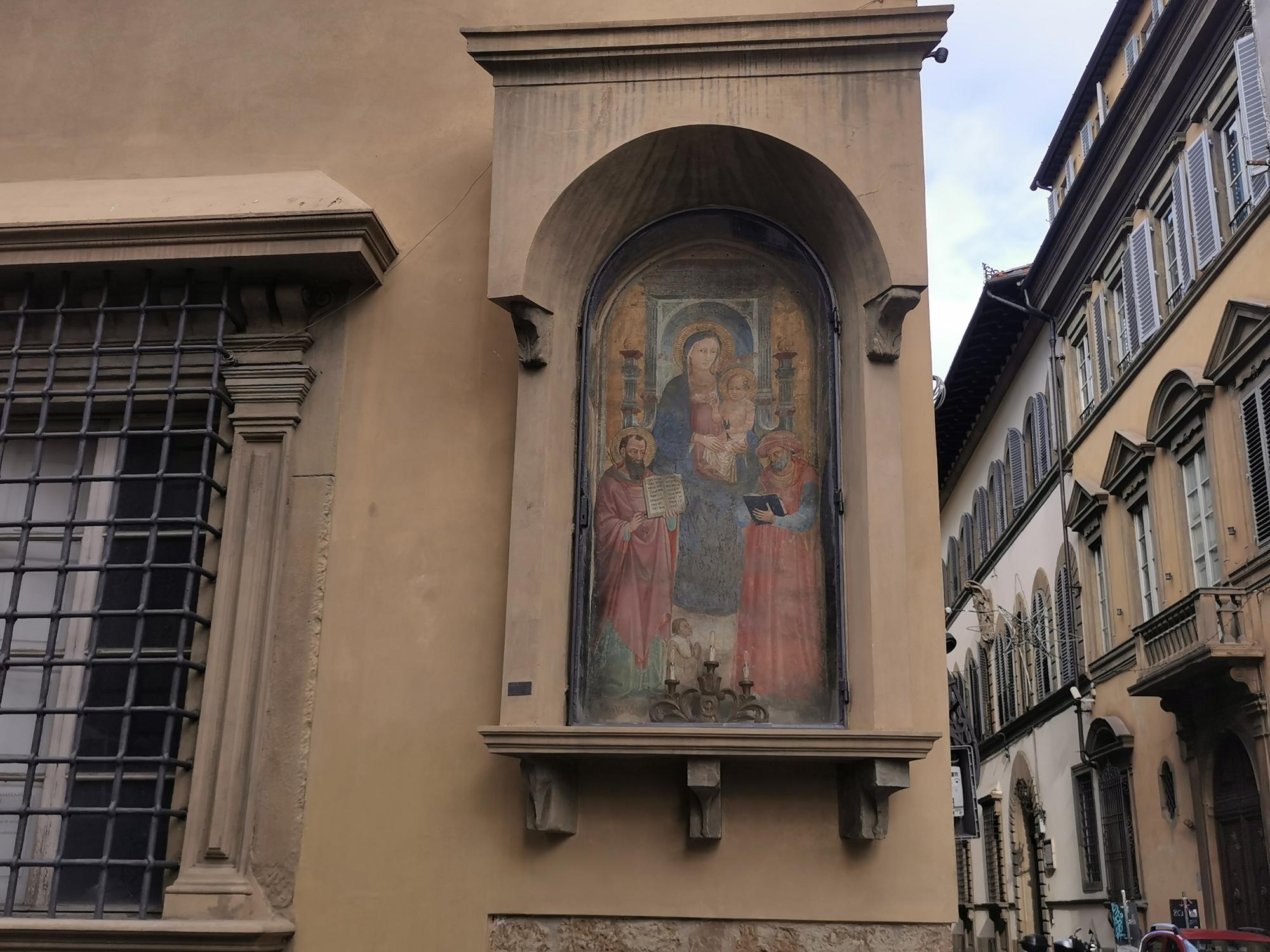
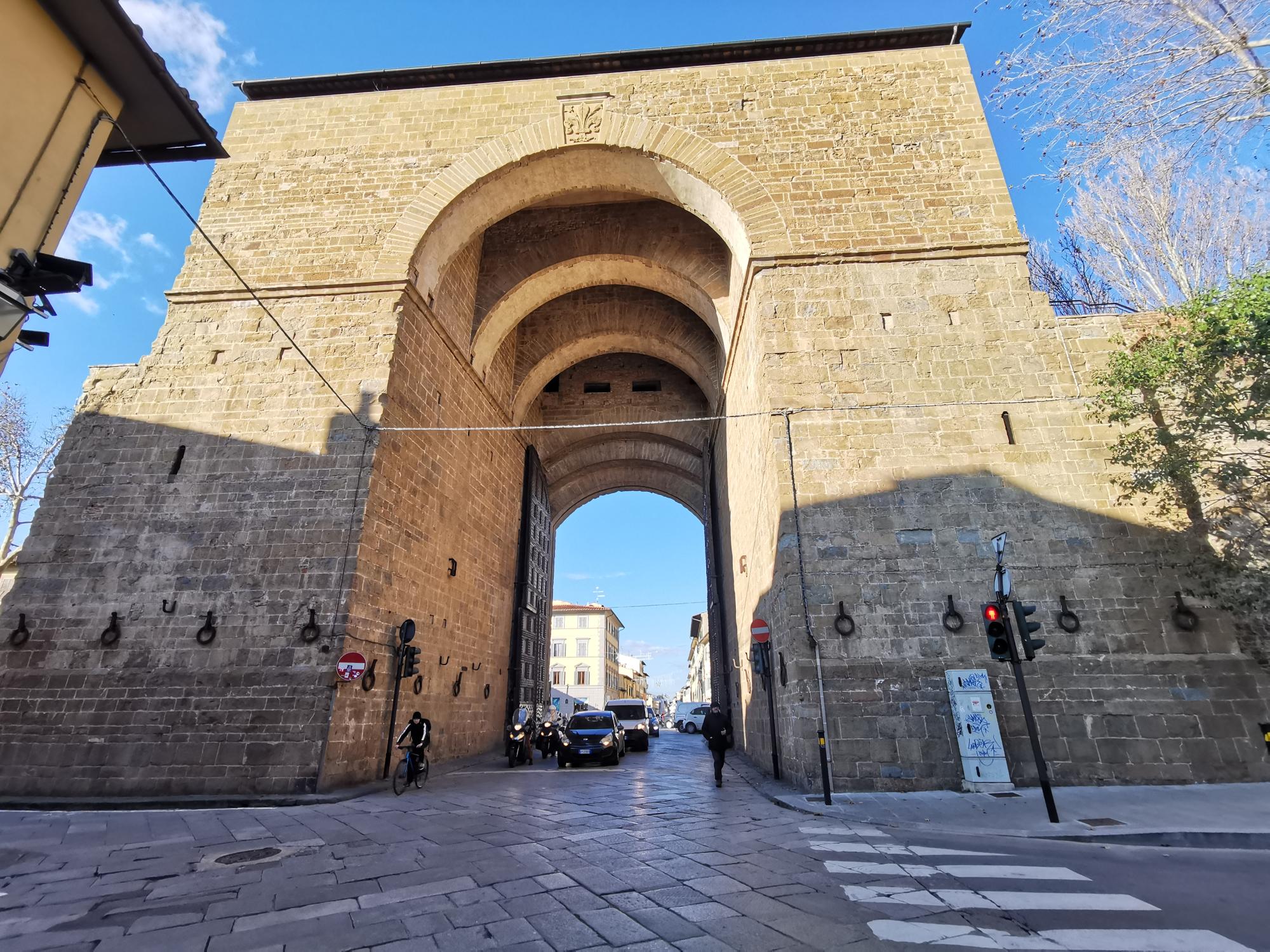


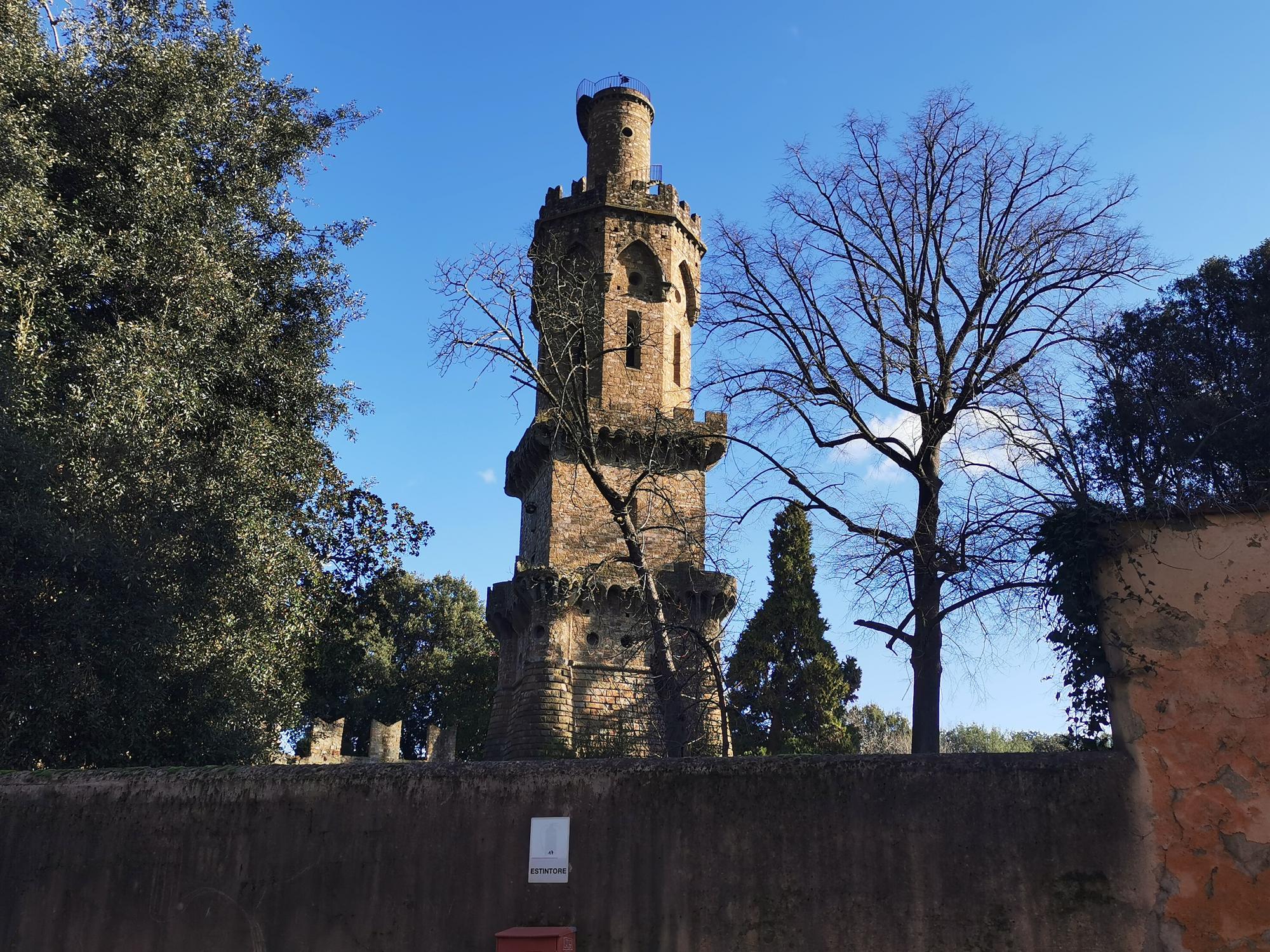

























Florence Oltrarno Guided Tour: A city that speaks
Tour Description
On this tour, experience beauty and the spirit of Florence
In Florence, across the Arno lies a vibrant area, full of character yet low-key and slow-paced, the Oltrarno. Remaining somewhat undiscovered thanks to the abundance of artisans’ studios, intimate squares, lively cafes and Florentines who occupy the area, it is away from the beaten tourist track. Still rooted in the past, yet one of the city’s trendiest neighbourhoods, where the most stylish bars can be discovered amongst elegant boutiques and art galleries.
Its origins date to the fourth century, when a Christian community, probably of Armenian origin, founded the church of Santa Felicita. The church, which was independent from the Archibishop’s house of Rome, acted as a reference point for the most notable families of the quarter who had their chapels here. The Barbadori-Capponi Chapel provides, for instance, a summa of Renaissance architecture and art, designed by architect Flippo Brunelleschi in the Early Renaissance period, it was later decorated by mannerist painter Pontormo with the Deposition of Christ, standing as one of the most important Florentine artworks of the High Renaissance.
Many of the Oltrarno palazzi still remain intact, but most of them bear the signs of the changing fortunes of the families who lived there. More than a palace, Pitti has always been a royal palace, one of the greatest Renaissance-era buildings, home to three different dinasties. Originally belonging to the Florentine banker Luca Pitti. In 1549, it was bought by Cosimo I de’ Medici and his wife Eleanor of Toledo as their new, official Grand Ducal seat. It will later pass on to the House of Lorraine and finally to the King of Italy after the Italian Unification in 1861.
The lively square of Santo Spirito is the heart of this district
its church founded by the Agostinian fraternity in the late 1200s and completed in the mid 1400s with a Renaissance façade by architect Brunelleschi. It is considered the most Brunelleschian of the celebrated architect’s churches in its measured proportions and man-conceived space. The church is also associated with the figure of Michelangelo who in his young years was allowed to dissect cadavers here and study their anatomies. In turn Michelangelo will thank the Agostinians by donating them a wooden crucifix that can be seen in the sacristy of the church.
In the discovery of this area we come to Borgo San Frediano one of its main arteries, where the imposing city gate of Porta San Frediano still stands as part of what remains of the old medieval walls built by Arnolfo di Cambio around 1330s when Florence was at its height of economic expansion thanks to the entrepreneurship of the guilds.
Piazza del Carmine is another characteristic square of the Oltrarno
The square is dominated by the unfinished facade of the Basilica of Santa Maria del Carmine, founded by the Carmelitan Order in the late 1200s. Within the complex, the Brancacci Chapel is home to the frescoed masterpieces by Masaccio and Masolino, completed by Filippino Lippi, illustrating stories of Saint Peter. A milestone in the development of Early Renaissance art, the cycle of frescoes will be a source of inspiration for many artists, even Michelangelo himself.
As we stroll the ancient streets, glance up and don’t miss the beauty of the tabernacles, or street shrines, visible starting the 13th century as a reinforcement of Christian faith but also functioning as places to pray during the plague.
Dozens of the so-popular wine portholes can also be seen in this area, small openings on the facades of the Florentine palazzi, through which flasks of wine were sold over the course of four centuries, directly by the producer to the consumer.
In addition to art and artisans authenticity, San Frediano nurtures a large ‘green heart’: The Torrigiani Garden, one of the largest private gardens in Europe, owned by the Torrigiani family. Designed by Luigi Cambray Digny then redone as an ‘eclectic’ garden in the early 1800s by Gateano Baccani it hides exoteric and masonic symbols that make it a true initiating journey.
About the Oltrarno district guided tour:
-
Passing through the main squares of the Oltrarno neighbourhood and learn about the one-of-a-kind Florentine handcrafted treasures, its tabernacles and wine windows.
-
Strolling the ancient streets to discover its magnificent palazzi and churches.
*Note: This tour could be paired with the Glorious Gardens of Florence: Boboli and Bardini and the Artisans Florence Guided Tour: Florentine Oltrarno Artisanal Path or the Pitti Palace Guided tour.
Information
Daily
Church of Santa Felicita (inside if open)
Pitti Palace (Outside)
Square and church of Santo Spirito (inside if open)
Bianca Cappello Palace (outside)
Bridges of Florence and views from the river
Square and church of Carmine (inside if open)
Porta San Frediano and old city walls
250 max (5 people)
For larger parties please contact us.
No admissions